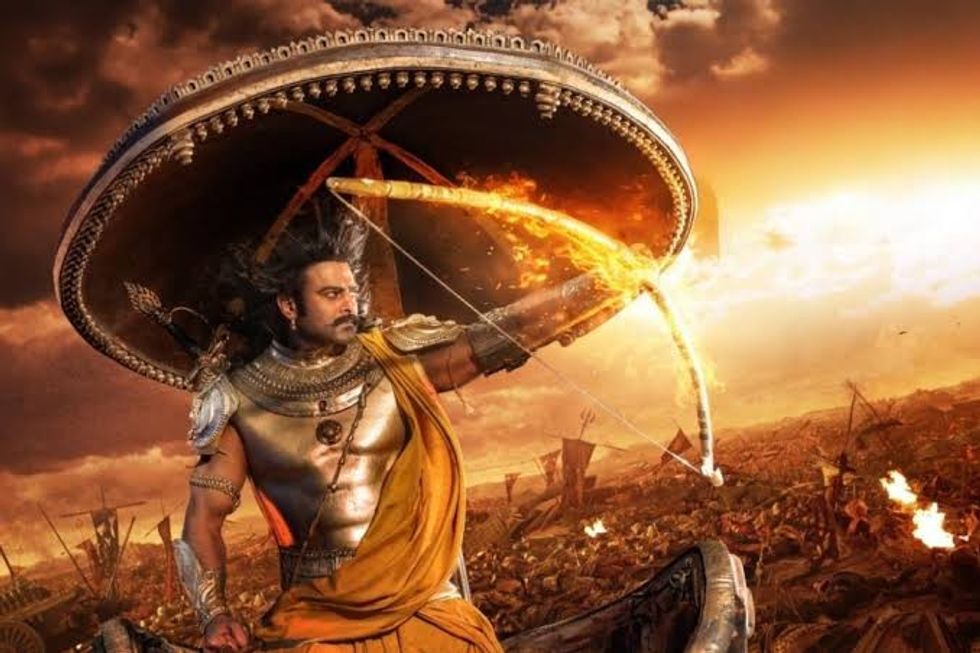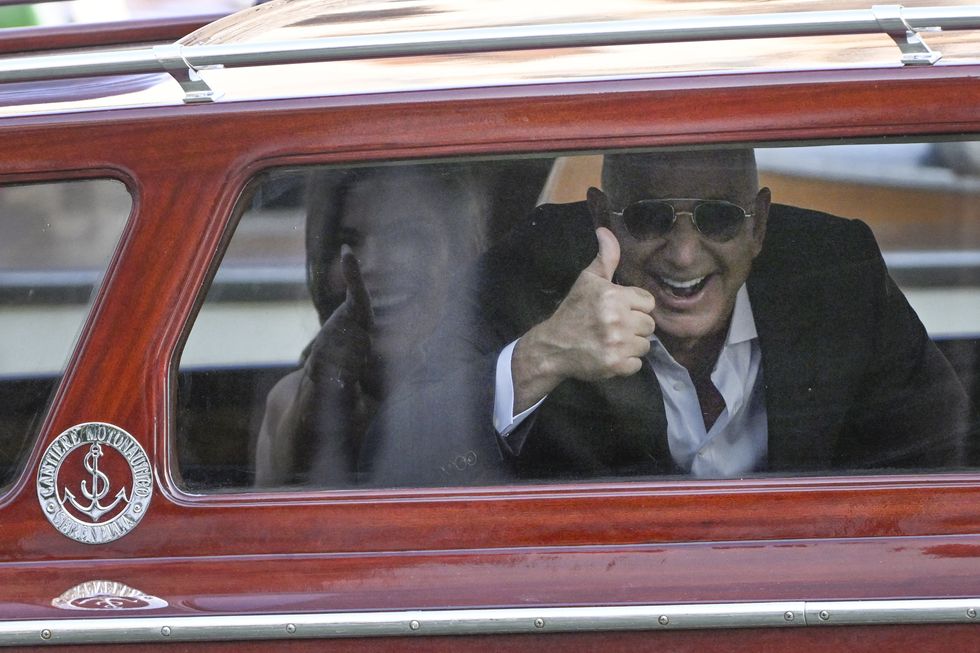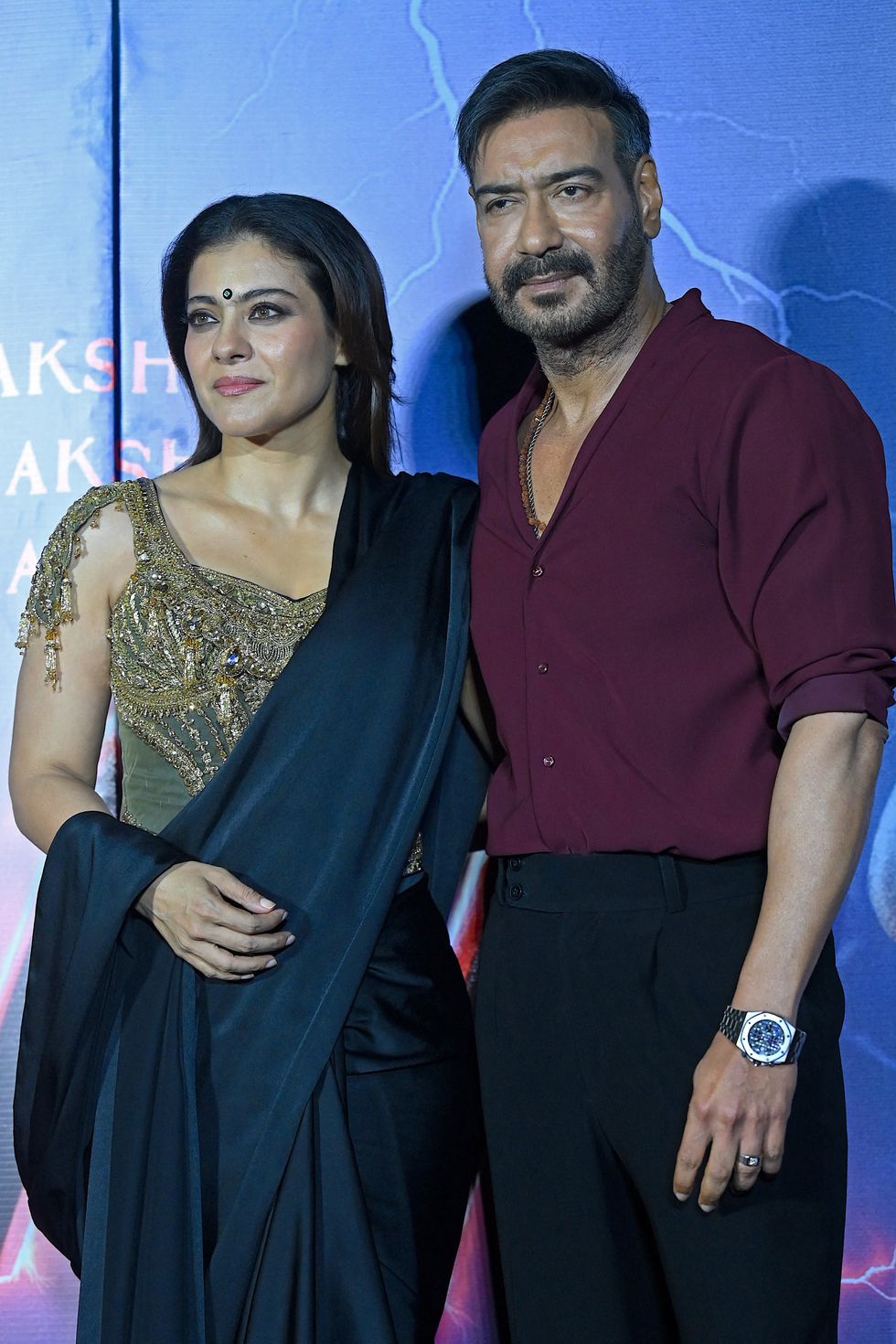The word tantra often finds a tantalising or titillating ring to it. For many people, the first thought that it evokes is about Tantric sex. And, to some, the marathon lovemaking sessions that Sting gushed about in drunken stupor back in the early nineties.
No wonder that the British Museum’s upcoming exhibition Tantra—Enlightenment to Revolution has piqued global intrigue.
Curator Imma Ramos says the most common question she got during her five-year research project was: “Is it the Kama Sutra?” That was followed by, “Is it what Sting practises?” Her answer was a simple no.
It is way beyond “salacious stereotypes”, says Ramos. “We will demonstrate Tantra’s enduring potential for opening up new ways of seeing and changing the world.”
The “powerful exhibition”, for which the bookings are open, explores a complex set of beliefs and rituals from sixth-century India. It’s a journey that would take one through “successive waves of revolutionary thought”, says the museum.
Tantra, Ramos explains, “is very much about harnessing desire in order to ultimately transcend it and also to embrace all aspects of the body, all aspects of the sensual, to generate power.
“It is a very different approach to the erotic and to the idea of desire. It is not about pleasure for its own sake, which the Kama Sutra is.”
She quickly adds that the exhibition that showcases “extraordinary objects” from Indian, Nepal, Tibet, Japan and the UK will also cover the subjects of sex and yoga.
The exhibition’s thrust would be on “divine feminine energy”. It would trace how Tantra inspired the rise of goddess worship in ancient India and continues to be a cornerstone of contemporary feminist thought and art.
One striking sculpture from 1890 shows an awe-inspiring Kali, wearing a garland of decapitated demon heads, striding over Lord Shiva. A more contemporary take on the subject is a canvas by Sutapa Biswas from 1985 (on loan from Bradford Museums and Galleries) titled ‘Housewives with Steak-Knives’. Do we need to say anything more on that?
“From its inception to the present day, Tantra has challenged political and sexual norms around the world,” say the exhibition organisers.
In the 19th century, for instance, Tantra became an inspiration for Indian revolutionaries fighting British colonial rule, with goddesses such as Kali becoming symbols of invigoration and independence.
The final section of the show will focus on the 20th century and how, in the 1960s and 1970s, Tantra was “interpreted as a movement that could inspire anti-capitalist and free love ideals”.
Having one of the world’s biggest collections of Tantric material, the British Museum is well-placed to stage such a big exhibition, says its director, Hartwig Fischer.
“Tantra quite simply changed the world,” he says. “Yet, it is little-known, or greatly misunderstood, in the west and this exhibition looks to remedy that.”
It also has a continuing relevance. “Gender, female power, gender fluidity, religious pluralism, mindfulness, wellbeing… these are all topics that are very much part of the contemporary discourse.”
Dr Alka Bagri, trustee of the Bagri Foundation which aided the exhibition, says she hopes it “can change people’s perceptions of Tantric philosophy and its arts” and lead to “greater understanding of this complex subject.”
Tantra: Enlightenment to Revolution will be at the British Museum, April 23 to July 26





 Prabhas in a still from Kalki 2898 AD which completed one yeargetty images
Prabhas in a still from Kalki 2898 AD which completed one yeargetty images Kalki 2898 AD became one of the top three biggest openers in Indian cinemagetty images
Kalki 2898 AD became one of the top three biggest openers in Indian cinemagetty images Kalki 2898 AD brought together sci-fi and mythology in a first-of-its-kind Indian filmgetty images
Kalki 2898 AD brought together sci-fi and mythology in a first-of-its-kind Indian filmgetty images Prabhas plays the futuristic warrior Bhairava in Kalki 2898 AD getty images
Prabhas plays the futuristic warrior Bhairava in Kalki 2898 AD getty images Prabhas in action during a high-intensity sequence from Kalki 2898 ADgetty images
Prabhas in action during a high-intensity sequence from Kalki 2898 ADgetty images








 Anusha Mani
Anusha Mani
 Lauren Sanchez and Jeff Bezos leave the Aman Hotel in Venice ahead of their wedding Getty Images
Lauren Sanchez and Jeff Bezos leave the Aman Hotel in Venice ahead of their wedding Getty Images  Kardashians seen boarding a boat ahead of the evening celebrations in VeniceGetty Images
Kardashians seen boarding a boat ahead of the evening celebrations in VeniceGetty Images  Oprah Winfrey wave to fans while heading to the welcome event Getty Images
Oprah Winfrey wave to fans while heading to the welcome event Getty Images Jeff Bezos and Lauren Sanchez gesture in direction of Bezos' lookalike from the taxi boatGetty Images
Jeff Bezos and Lauren Sanchez gesture in direction of Bezos' lookalike from the taxi boatGetty Images
 Brad Pitt at the F1 premiere in London before the burglary was reported Getty Images
Brad Pitt at the F1 premiere in London before the burglary was reported Getty Images  Brad Pitt walks in the Paddock after qualifying ahead of the F1 Grand PrixGetty Images
Brad Pitt walks in the Paddock after qualifying ahead of the F1 Grand PrixGetty Images  Brad Pitt attends the "Wolfs" red carpet during the 81st Venice International Film Festival Getty Images
Brad Pitt attends the "Wolfs" red carpet during the 81st Venice International Film Festival Getty Images
 Kajol shares her take on marriage in a new interview Getty Images
Kajol shares her take on marriage in a new interview Getty Images  Kajol says they skip date nights and focus on family timeGetty Images
Kajol says they skip date nights and focus on family timeGetty Images